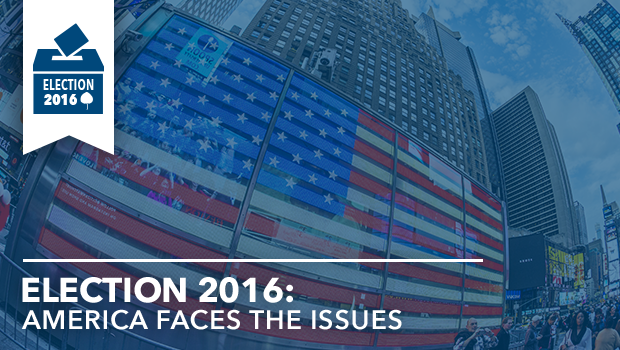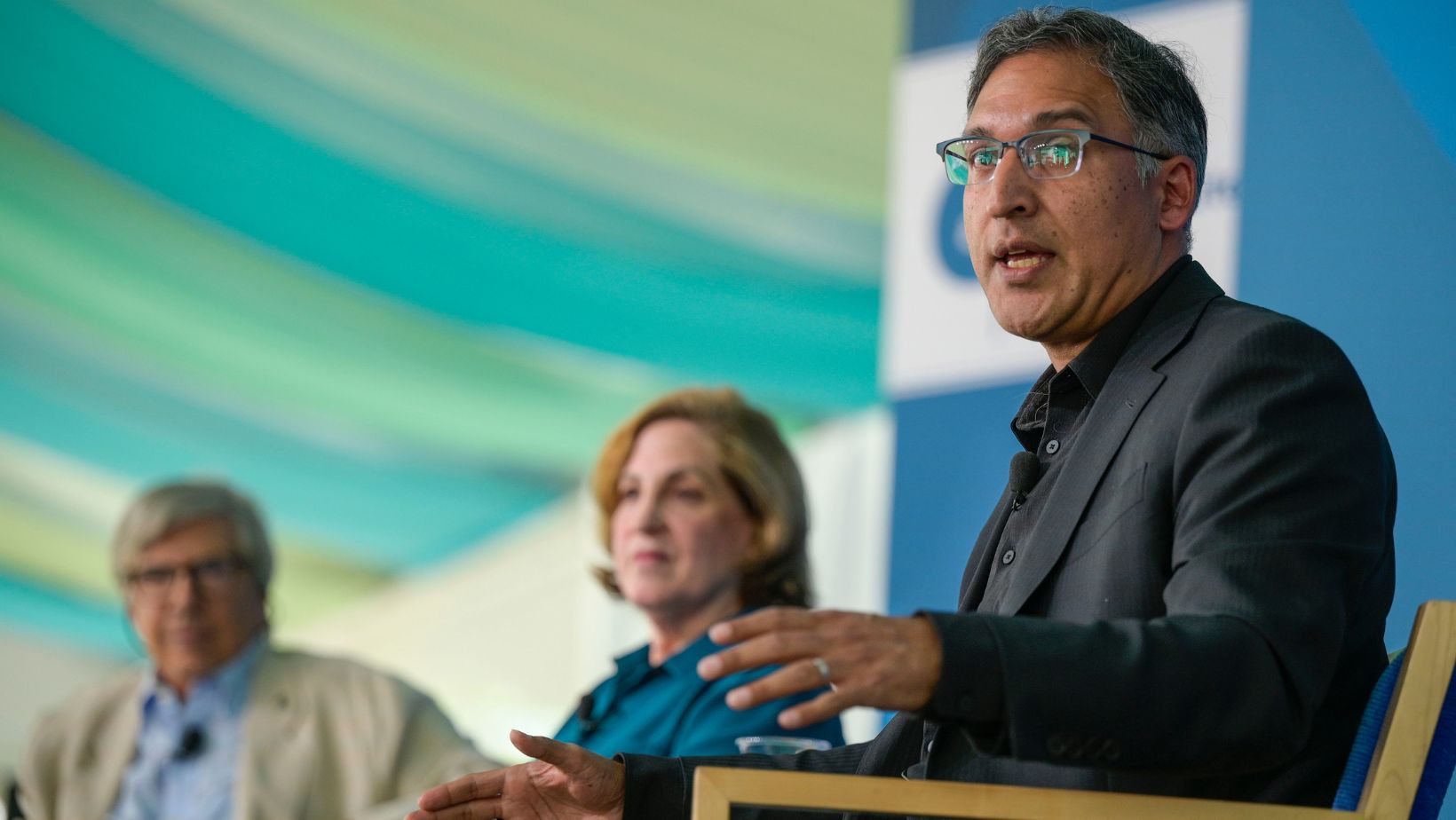The firestorm over the Senate leadership’s refusal to grant a confirmation hearing to Merrick Garland, President Obama’s nominee to fill the Supreme Court seat left vacant by the untimely death of Justice Antonin Scalia, has been overshadowed in the current election season by the spectacular showdown that is the current presidential race.
There has been an odd silence over the unfilled seat. Justice Elena Kagan, however, noted that the longer the Court remains at eight members, the more difficult it is for them to do their job, particularly in review of controversial cases. But average Americans don’t seem to notice the difference. Last week, a Pew poll showed the Court rebounding from historic low approval ratings. In July 2015, 43 percent of Americans regarded the Supreme Court unfavorably – a 30-year high – while 48 percent had a positive opinion. The approval rate soared to 60 percent after the just-ended term with its eight-member configuration.
Chief Justice John Roberts has been reluctant this term, in the absence of a full complement of Justices, to grant review in some of the toughest cases. The fact that the Court has an even number of Justices means that in any case that results in a tie vote, the decision of the Court of Appeals remains in force. That is what happened in Texas v. United States, the “DREAM Act” case: An equally divided Supreme Court affirmed the decision of the Fifth Circuit Court of Appeals, which invalidated President Obama’s executive order granting deferred action to the undocumented parents of US citizens or lawful permanent residents.
By affirming the decision in the Fifth Circuit case, the divided Court gave a controlling result with an anti-administration position, rather than addressing the case’s controversial exploration of how far an executive order could circumvent Congressional intent.
Courtwatchers assume a return to business as usual following the current election. Some hope that Judge Garland will receive a hearing and confirmation in a lame duck session if candidate Clinton is elected. Others hope she will select a new nominee once inaugurated, in order to shape an even more liberal court.
Yet consider what candidate Trump has said about the Supreme Court – very little. The lists he has offered of candidates are too lengthy to provide any real insights on who he would choose. Absent are highly praised conservative judges who in the past have been short-listed in the runup to the 2008 and 2012 presidential elections as possible picks in a Republican administration. The most we have been able to glean about Trump’s philosophy of judging comes from his statements about Judge Gonzalo Curiel, who ruled against Trump University in a lawsuit by students alleging that businessman Trump had ripped them off. Trump accused Curiel, born in Indiana, of ruling against him because he was “Mexican,” and biased because of race-baiting statements made by the candidate. For now, all a President Trump could do is replace a conservative, Scalia, with another conservative. It will not be until one of the liberals—Ginsburg and Breyer are the two oldest—retire that he could actually transform the Court. Not soon enough for Trump, who promises transformation now.
But there is another, more ominous possibility: Trump’s purposes will be better served by a gridlocked Court, and thus he could make no nomination. This would leave the Court at 4-4. It would make it difficult to resolve Circuit splits, reduce the precedential value of Supreme Court decisions, and pressure the Chief Justice to tread even more lightly during the term when selecting cases for review. At some point, age or illness would force another retirement. The court would be 4-3, with conservatives likely in the majority. In the absence of a Constitutional mandate, a President Trump would not need to nominate any candidate. Congress could not force him to. The power of the Court would wither.
Seem far-fetched? Not at all. Article III, Section 2 of the Constitution provides that the president:
“shall nominate, and by and with the Advice and Consent of the Senate, shall appoint … Judges of the Supreme Court.”
While the Judiciary Act of 1869 states that the Supreme Court of the United States “shall consist of the Chief Justice of the United States and eight associate justices,” it also says that “any six … shall constitute a quorum.” But the grant of the power to nominate does not require that a nomination be made. There is no constitutional sanction for refusal to nominate.
While every president with the opportunity to do so has nominated a Justice upon vacancy of a Court seat, the idea of fiddling with the number of members to change the Court’s leanings is not new. It was, in fact, the motivation behind Congressional enactment of the 1869 Act (which increased the number of Justices by two in order to enable Andrew Johnson’s successor Ulysses Grant to shape the Court), as well as Franklin Roosevelt’s 1937 court-packing plan, an effort to bully a then-conservative Supreme Court on New Deal issues, a struggle resolved only with the “switch in time that saved nine” in the critical case of West Coast Hotel Co. v Parrish.
A version of this Trump scenario was suggested just this week over at the highly conservative website Powerline, which argued for Senate refusal to confirm a new president’s Supreme Court nominee:
In the present circumstances, keeping Court membership at eight Justices seems like a good response to the way the Supreme Court is behaving. Even an ideologically divided eight-member Court can resolve the big majority of cases before it because most cases don’t involve highly charged ideological issues. Thus, keeping Court membership at eight won’t throw a monkey-wrench into the system.
However, the current Court will be hard-pressed to render precedent-setting decisions in big, controversial cases. In other words, its ability to do harm will be severely constrained.
So, before we spend too much time thinking about who Trump would nominate if elected, let’s spend a little time contemplating what happens if he upends the board, as he has promised to do in so many other areas of American political life.


